Note: This post contains affiliate links which means if you click on a link and purchase an item, we will receive an affiliate commission at no extra cost to you.
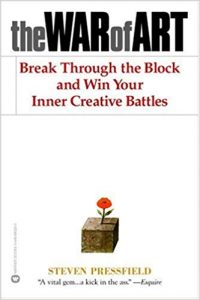
Why This Book Matters:
A renowned author of both fiction and nonfiction, Steven Pressfield strikes deep at the heart of the fear living within all of us, and shows us how this and other mechanisms of resistance keep us from unleashing our full creative potential.
Key Takeaways:
- Resistance manifests itself as fear, anxiety, self-doubt, and other destructive feelings that live in the gap between the life we are living and the life we want to live
- Resistance is always negative and keeps us from accomplishing our goals. However, make sure to observe resistance, as it is an indicator of what we want the most in our lives.
- Example: Henry Fonda threw up out of fear before every performance, even into his 70s.
- Fight the ongoing battle with mechanisms of resistance
- Once you’ve embraced fear and are pursuing an endeavor you are passionate about, you must push through mechanisms of resistance, such as procrastination, burnout, distraction, and fear that prevent you from living your dream.
- Example: You’re six months into starting a new business, but now you’re feeling tempted to quit because the excitement of doing what you love is dwindling and the difficulty is setting in.
- Criticism and jealousy are signs you are on the wrong path
- When you’re busy judging others, you’re actually trying to compensate for the realization that you’re not living the life you truly want.
- Example: Jason dreams of starting his own woodworking business, but instead criticizes his friend who recently decided to go into business for himself.
- To fulfill your dream, treat it like a full-time job
- Show the same dedication to your passion as you would to your job: follow a schedule, show up on time, work at it even when you don’t want to or when other things get in the way.
- Example: Quentin Tarantino pursued a non-traditional path to realize his potential. Rather than going to film school he pursued his passion with the same devotion by working at a video rental store, watching films whenever he could, and directing projects during his free time.
- Everyone faces resistance, but we also have positive forces at our disposal to combat resistance
- Use the power of muses to get into the zone and get the creative juices flowing.
- Example: Homer called upon nine goddesses, which he called his muses, to inspire the creativity he needed to tell the story of Odysseus.
- Sharing your gift of creativity with the world is a truly selfless act
- Pursuing your passion may feel like a selfish thing to do, but you’re actually contributing to those around you and generations to come by living the life you are meant to live.
- Example: Through the hard work and creativity of people like Bill Gates and Steve Jobs, the computer is now an accessible tool that anyone can use.

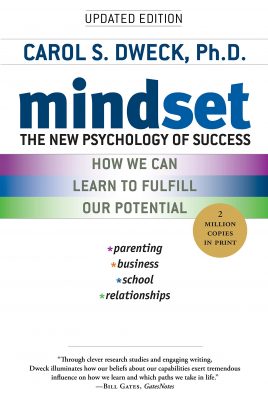
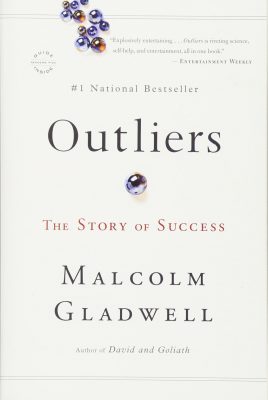
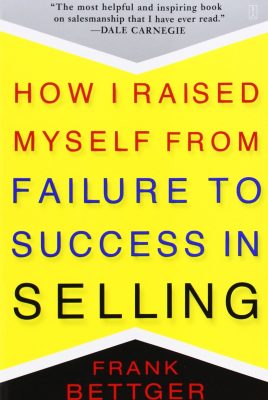
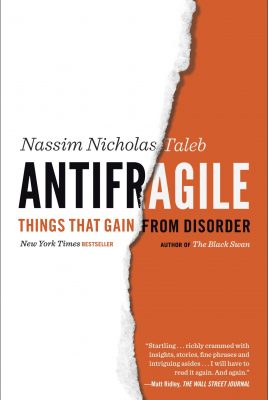
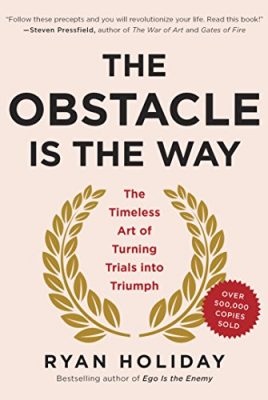

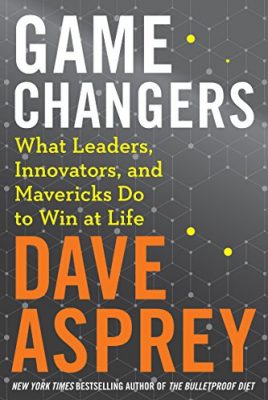
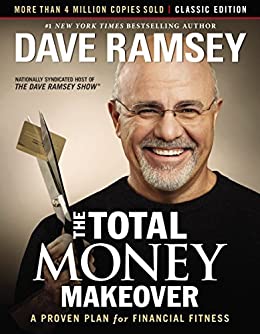
Leave a Reply
View Comments